Available Shows
Presentations in spanish (presentación en español)
.jpg)
5000 Eyes: Mapping the Universe with DESI
22 Minutes
Middle School and up
The Dark Energy Spectroscopic Instrument (DESI) is creating the most detailed map of our nearby universe. Installed on the Mayall telescope on Kitt Peak in Southern Arizona, DESI's 5000 independently operated robots can measure the light from thousands of galaxies at once. Join us as we explore the science, instruments, and people behind this global endeavor. Educational Guide/Materials available.

Cosmic Mashups
25 Minutes
Middle School and up
Supermassive black holes are found in most galaxies and we're beginning to uncover how the merging of galaxies activates galactic centers. This engaging fulldome film was produced by Fiske Planetarium in collaboration with CU Boulder APS Professor, Dr. Julie Comerford and former graduate student Dr. Becky Nevin through support from an NSF award.
Drifting North - The Arctic Pulse
30 Minutes
Middle School and up
Follow an international team of scientists from over twenty countries who embark on an epic year-long expedition to the Central Arctic.The Multidisciplinary Drifting Observatory for the Arctic Climate (MOSAiC) team froze the German Icebreaker R/V Polarstern into the sea ice for a year. For a year, the team drifts with an ice floe and strives to understand the Arctic climate system and its future. The 360-degree planetarium dome show is the first planetarium feature film that captures the entire year of the central Arctic climate, transcending the Arctic’s Polar Night and Day, and the experiences of the MOSAiC team as they face one of the most extreme and unique regions on our planet.
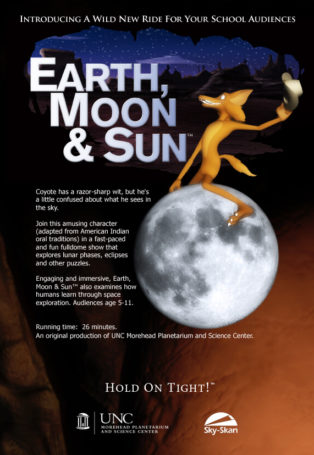
Earth Moon and Sun
35 Minutes
Target audience: 6-13; General
This planetarium show explores the relationship between the Earth, Moon and Sun with the help of Coyote, an amusing character adapted from Native American oral traditions who has many misconceptions about our home planet and its most familiar neighbors.
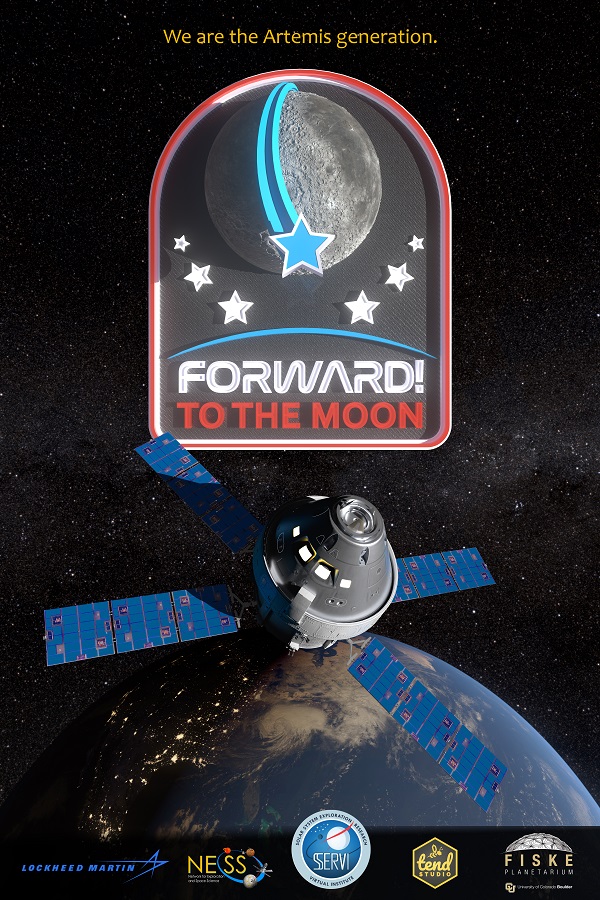
Forward! To the Moon
30 Minutes
Middle School and Up, General Public
Kari Byron from Crash Test World and MythBusters launches us on a journey beyond the Earth towards a sustainable future in space. NASA’s 21st century Artemis program, named after the Greek moon Goddess and twin of Apollo, is the next step in our mission to explore the universe and land the first woman and person of color on the surface of the Moon. Produced by Fiske Planetarium in collaboration with TEND Studio.

From Earth to the Universe
32 Minutes
Target Audience: 6 and up
The night sky, both beautiful and mysterious, has been the subject of campfire stories, ancient myths and awe for as long as there have been people. A desire to comprehend the Universe may well be humanity’s oldest shared intellectual experience. Yet only recently have we truly begun to grasp our place in the vast cosmos. To learn about this journey of celestial discovery, from the theories of the ancient Greek astronomers to today’s grandest telescopes, we invite you to experience "From Earth to the Universe."

IBEX
28 minutes
Target audience: middle school and up
Join scientists who are investigating the boundary between our Solar System and the rest of our galaxy in IBEX: Search for the Edge of the Solar System. Designed for visitors with an appreciation for the challenges of space science and a desire to learn more about science research, IBEX: Search for the Edge of the Solar System follows the creation of NASA’s Interstellar Boundary Explorer (IBEX). Audiences will get an in-depth look at the mission and how IBEX is collecting high-speed atoms to create a map of our Solar System’s boundary.
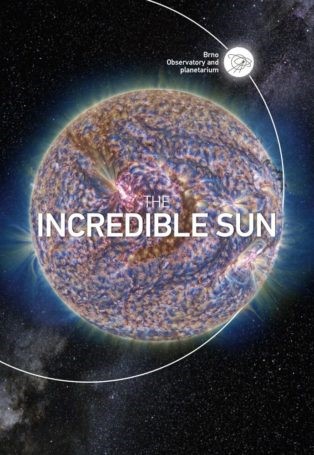
The Incredible Sun
12 minutes
Target audience: 6 and up
Every second the Sun emits a million times more energy than the world consumes every year. Where does such a huge amount of power come from? Discover our star through the breathtaking timelapses. Thanks to the real images taken by the Solar Dynamics Observatory and processed by advanced mathematical methods, you will experience the true nature of the Sun and find out that it is far from being as calm as it seems at first glance.
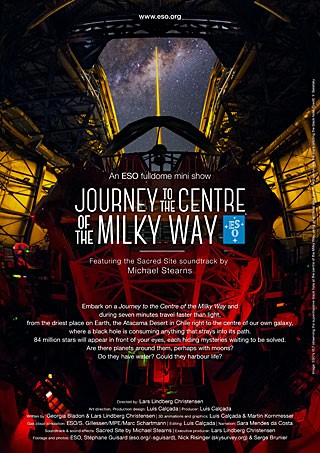
Journey to the Center of the Milky Way
7 minutes
Target Audience: 6 and up
What lies at the heart of our galaxy? For twenty years, ESO’s Very Large Telescope and the Keck telescopes have observed the center of the galaxy, looking at the motion of more than a hundred stars and identifying the position of an otherwise invisible object – the supermassive black hole at the center of our galaxy. Embark on a Journey to the Center of the Milky Way and during seven minutes travel faster than light, from the driest place on Earth, the Atacama Desert in Chile right to the center of our own galaxy, where a black hole is consuming anything that strays into its path. 84 million stars will appear in front of your eyes, each hiding mysteries waiting to be solved. Are there planets around them, perhaps with moons? Do they have water? Could they harbor life?
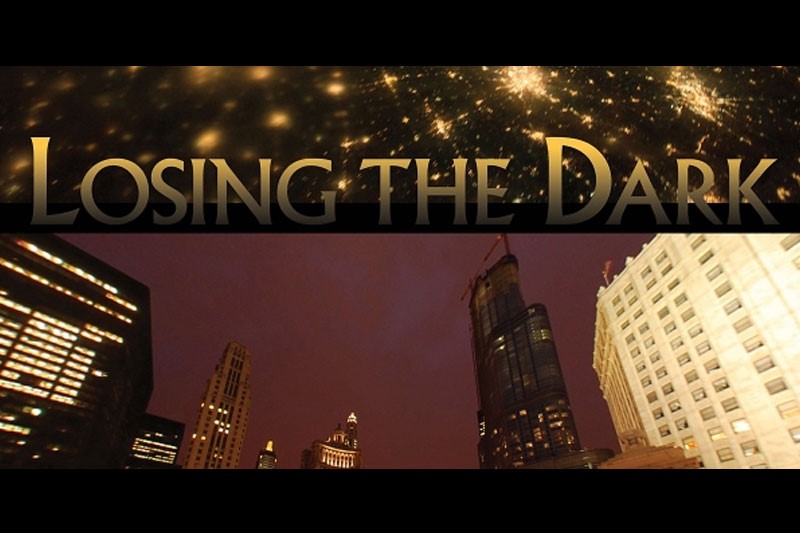
Losing the Dark
7 Minutes
Target audience: 6 and up
Starry skies are a vanishing treasure because light pollution is washing away our view of the cosmos! Losing the Dark is a ‘public service announcement’ planetarium show, as it introduces and illustrates some of the issues regarding light pollution and suggests three simple actions people can take to help mitigate it.
MUSCLES
6:48
General Public, High School, College
How can we use the light from distant stars to search for potentially habitable exoplanets? In this short film, we explore how researchers are using the Hubble Space Telescope's Measurements of the Ultraviolet Spectral Characteristics of Low-mass Exoplanetary Systems (MUSCLES) Survey to study properties of red dwarf stars and how their intense x-ray and ultraviolet flares may affect the chemistry of planets' atmospheres. Differentiating the stars may lead to false positive detections of biomarkers will help future space telescopes such as the James Webb Telescope to know which stars are more promising to search for habitable worlds.
NASA Future of Space Exploration
12 Minutes
NASA International Space Station
12 Minutes
NASA Journey to Mars
11 Minutes
Oasis in Space
24 Minutes
Oasis in Space transports you on a startling and beautiful voyage through our universe, galaxy and solar system in search of liquid water, a key ingredient for life on Earth.
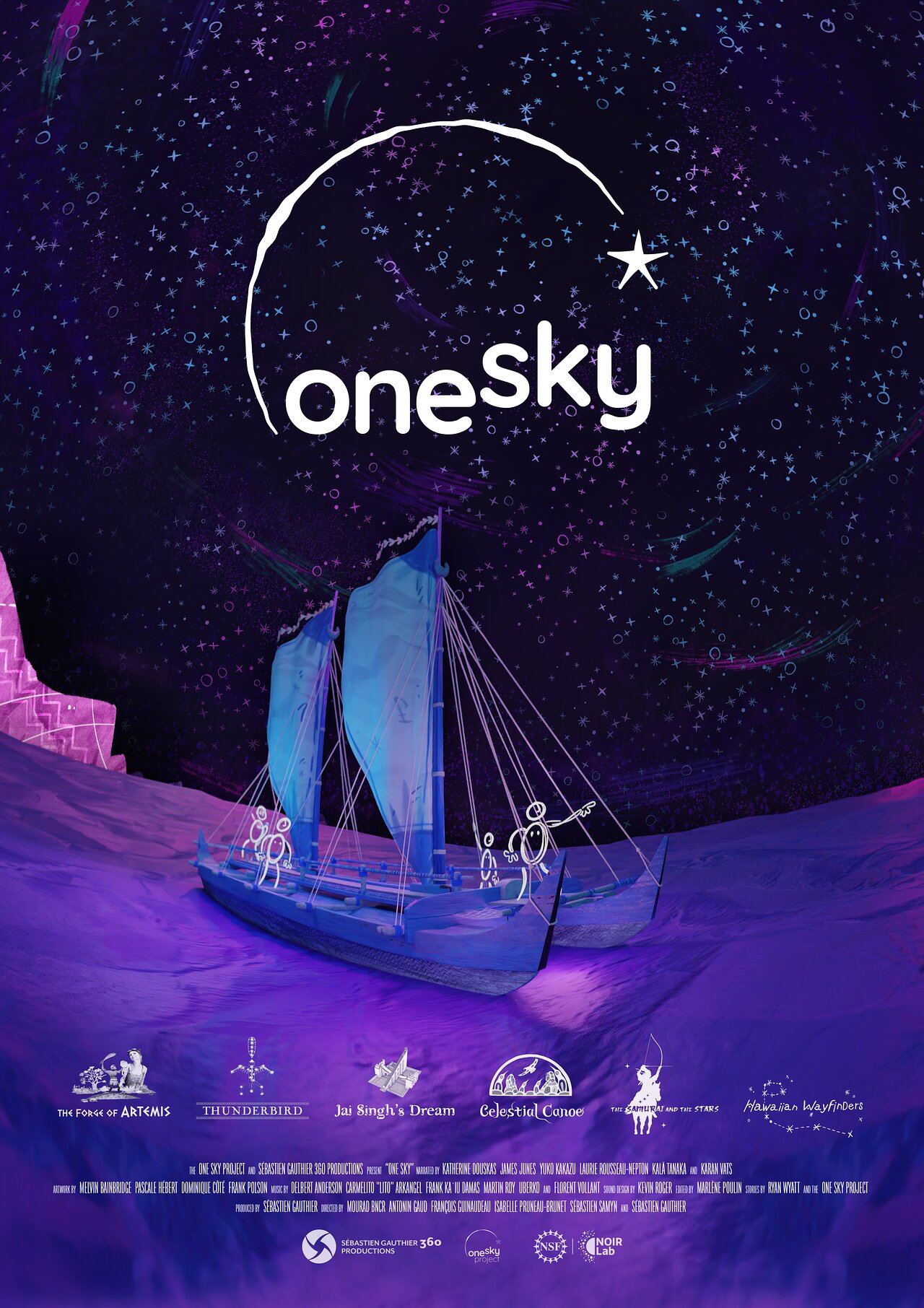
One Sky Project (Full Film)
43:28
General Public
This is the fulldome feature version of the One Sky Project short films. Each short film represents the perspective of a different culture or Indigenous society from around the globe. Each story is organized around themes of "Finding Patterns" and developing tools, or as we say, "To Seek Far." This film combines the short stories into a longer narrative. The individual short stories are also available for viewing.
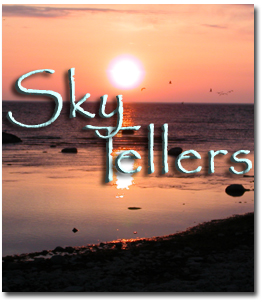
Sky Tellers
30 Minutes
Explore the mysteries of our Universe with Sky Tellers! Ten Native American myths and legends investigate the reason for day and Night, why we have seasons, the origin of the stars and other wondrous phenomena of our night sky. Each narrative is accompanied by the story that scientists tell today.
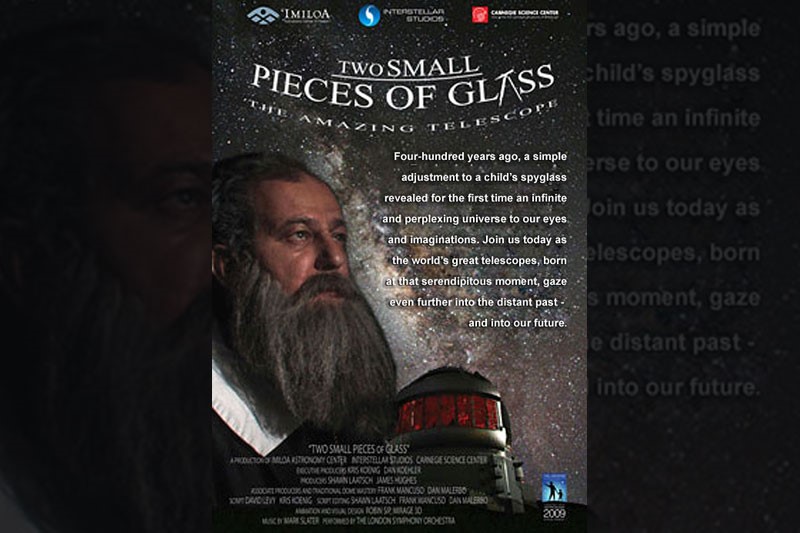
Two Small Pieces of Glass
23 minutes
Two Small Pieces of Glass traces the history of the telescope from Galileo's modifications to a child's spyglass - using two small pieces of glass - to the launch of NASA's Hubble Space Telescope and the future of astronomy. Explore the wonder and discovery made by astronomers throughout the last 400 years. While looking through the astronomer's telescope, explore the Galilean Moons, Saturn's rings, and spiral structure of galaxies, and learn about the discoveries of Galileo, Huygens, Newton, Hubble, and many others.
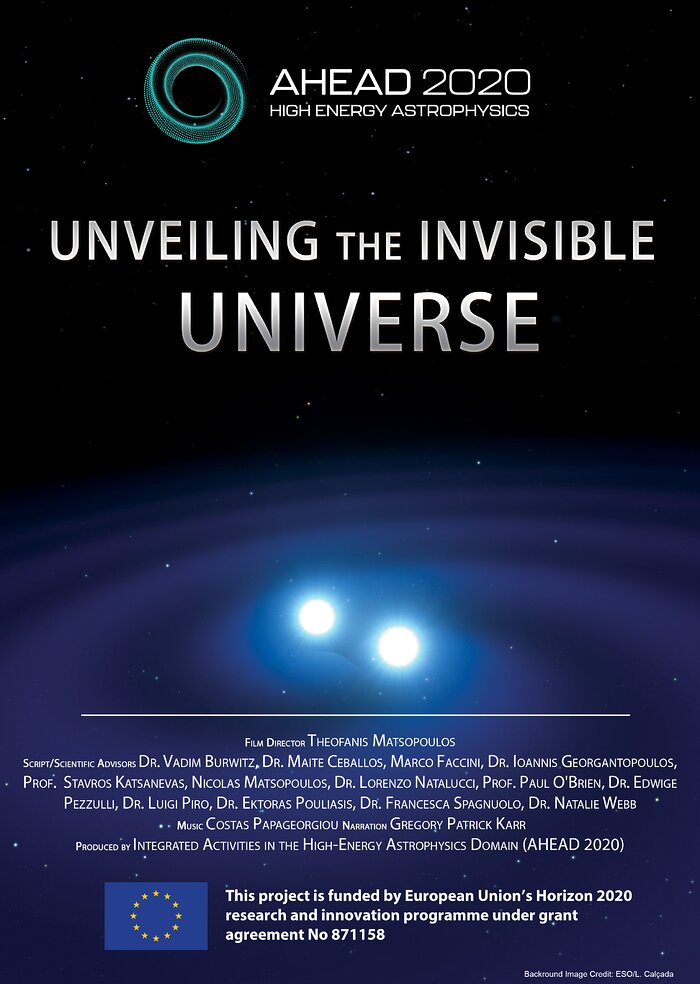
Unveiling the Invisible Universe
30 Minutes
Target audience: General
For thousands of years the humans observed the light coming from the night sky with their eyes. In the beginning of the 17th century, the invention of the telescope by Galileo revolutionized our knowledge of the Universe. Finally, in the 20th century with the advent of rockets, it became possible to go above the earth’s atmosphere and observe X-ray and gamma ray radiation which are the marks of the hot and violent Universe. But it is not only light that can give us information about the cosmos. Neutrinos and cosmic rays also provide vital information. Finally, the detection by the LIGO experiment of gravitational waves from two merging black holes opened a new window in astrophysics. This video presents images of the cosmos as revealed by all these different messengers.
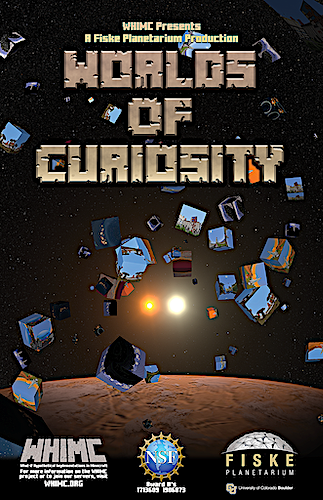
Worlds of Curiosity
15 Minutes
3rd grade and up
Worlds of Curiosity dives into the question of "What it would be like to live on an Earth with no Moon?" or "What if the Earth was tilted on its side (like Uranus)?" Join Mateo and Dr. Alicia Woods as they explore how our lives would be different on these Earths, talk about other hypothetical planets that could exist, and marvel at the even stranger worlds that astronomers have discovered beyond our solar system. Educational Guide/Materials available.
Spanish Language Shows
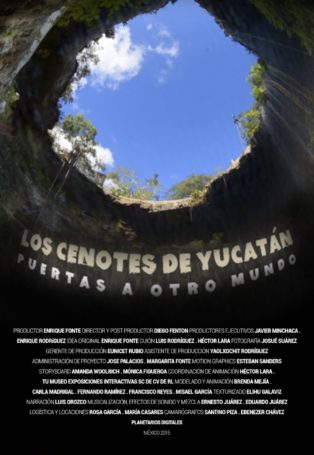
Los Cenotes de Yucatán
7 Minutes
Target audience: General
Remember the meteorite that killed the dinosaurs? It fell in Yucatan Peninsula, with many immediate and collaterals effects. Meet them in Cenotes de Yucatan!
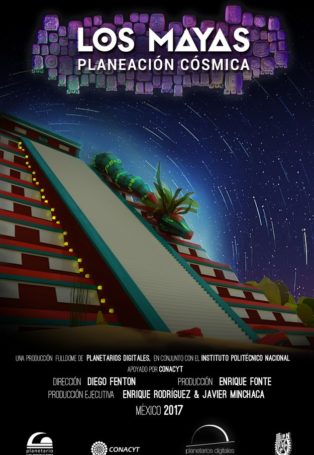
Los Maya Planeacion Cosmica
20 Minutes
Target audience: General
The film introduces the cosmovision of this ancient culture based on elements of the cosmos like the Sun, Venus, the Moon and the stars, following their position they defined much of its planning for the construction of their cities, plus their astronomical knowledge lasted by generations, forming the pillars of their Culture that nowadays we are still learning to listen.
